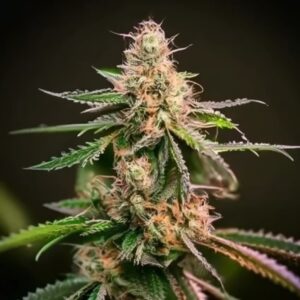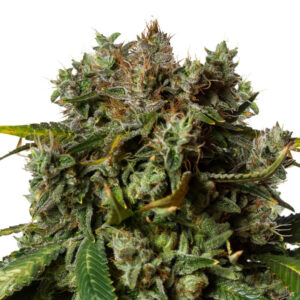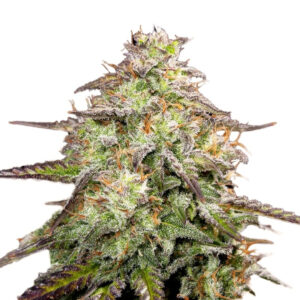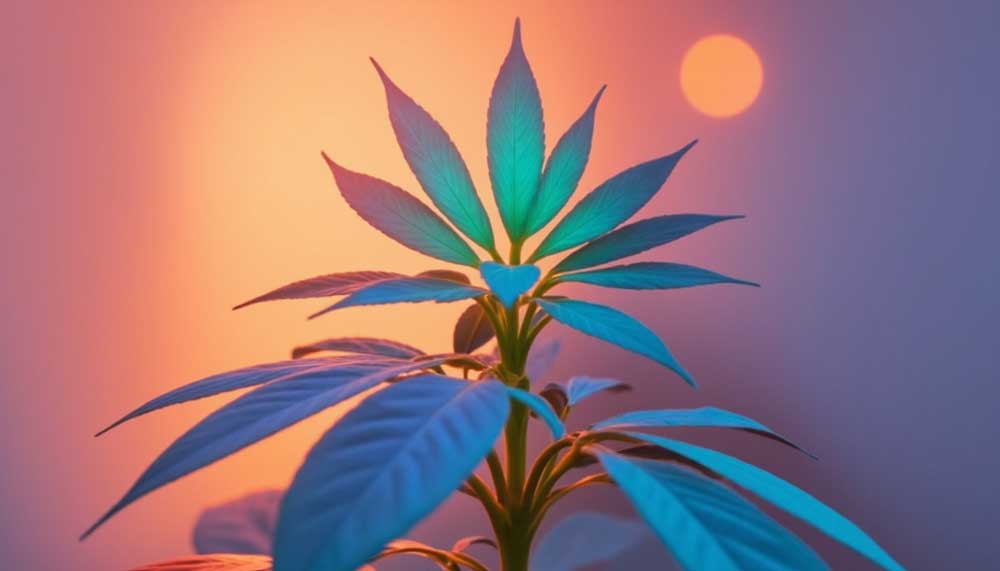As more people explore alternative ways to manage their mental health, cannabis has gained attention as a potential option for weed for anxiety. Whether you are already using cannabis to cope with anxiety or considering it as a possible treatment, it’s important to understand both the benefits and the risks.
This article aims to provide a balanced overview of how weed may affect anxiety, backed by scientific insights and user experiences, helping you make informed decisions about this complex topic.
Anxiety is a natural and common response to stress, often characterized by feelings of worry, nervousness, or fear. While it is a normal reaction in certain situations, for many people anxiety becomes persistent and overwhelming, significantly impacting daily life and overall well-being. For those exploring weed for anxiety, understanding the nature of anxiety is the essential first step.
Symptoms of anxiety can vary widely, but commonly include restlessness, rapid heartbeat, difficulty concentrating, muscle tension, and sleep disturbances. Many people turn to weed for anxiety as a way to manage these symptoms when traditional methods don’t fully help.
Living with anxiety can be challenging. It affects how people think, feel, and behave, often leading to avoidance of certain situations or social interactions. This impact can prompt individuals to seek alternative treatments like weed for anxiety for relief and support.
Given these impacts, many individuals seek effective ways to manage their anxiety. Traditional treatments often involve psychotherapy, medication, or a combination of both. However, an increasing number of people are exploring alternative options, including lifestyle changes, natural remedies, and especially weed for anxiety to help improve quality of life.
Among these alternatives, weed for anxiety has gained attention as a potential tool for relief. Cannabis contains compounds called cannabinoids, which interact with the body’s endocannabinoid system—a key regulator of mood, stress, and anxiety. For those considering weed for anxiety, understanding how anxiety works and how cannabis might influence it is crucial before making informed choices.
The effects of weed for anxiety are mainly attributed to cannabinoids, the chemical compounds found in cannabis. The two most well-known cannabinoids are THC (tetrahydrocannabinol) and CBD (cannabidiol), both of which interact with the body’s endocannabinoid system, a key regulator of mood, stress, and anxiety.
Many people seeking relief with weed for anxiety find that CBD, the non-psychoactive component, helps reduce feelings of nervousness and promote calmness without causing intoxication. On the other hand, THC, the psychoactive compound, can have varying effects: while it may help some users relax, it can also cause increased anxiety or paranoia in others, especially in high doses.
Research on weed for anxiety shows mixed results, highlighting that individual reactions can differ significantly. Factors such as dosage, strain type, method of consumption, and personal tolerance all play a role in how effective cannabis is for anxiety relief.
Because of these complexities, it’s important for anyone considering weed for anxiety to start with low doses and monitor their response carefully. Consulting reputable sources like Healthline’s guide on CBD for anxiety can provide valuable insights into using cannabis responsibly.
Overall, understanding how weed for anxiety works is essential for making informed choices and maximizing its potential benefits while minimizing risks.
Many people turn to weed for anxiety because of the potential benefits it offers. Users often report a reduction in nervousness, an improved mood, and a calming effect that helps manage daily stress. Studies also suggest that certain cannabis compounds may help regulate the brain’s response to stress and anxiety.
However, it’s important to balance these benefits with possible risks. High doses of THC, in particular, can sometimes increase anxiety symptoms or trigger paranoia. This is why understanding the right balance and dosage is critical when using weed for anxiety.
According to Healthline, low doses of CBD may reduce anxiety without significant side effects, but more research is needed to fully understand long-term impacts.
In addition to dosage, the method of consumption matters. Smoking, vaping, edibles, and tinctures all have different onset times and durations, which can affect how weed for anxiety works for you. For example, edibles take longer to kick in but their effects last longer, while smoking acts quickly but for a shorter duration.
AMS offers a range of products suitable for anxiety management, including strains with high CBD content and balanced THC levels. You can explore these options on our CBD Seeds and Balanced THC/CBD Seeds pages.
Always remember that consulting with a healthcare professional before starting or changing any cannabis-based treatment is advisable.
When using weed for anxiety, selecting the right strain and dosage is crucial. Different strains have varying levels of THC and CBD, which can affect anxiety differently. Indica strains are often recommended for their relaxing effects, while sativas may sometimes increase anxiety in sensitive users.
Hybrid strains with balanced THC and CBD levels offer a middle ground, potentially providing relaxation without the psychoactive intensity that might trigger anxiety. For beginners, strains high in CBD and low in THC are generally advised.
| Strain Type | THC Level | CBD Level | Effect on Anxiety | Recommended For |
|---|---|---|---|---|
| Indica | Medium to High | Low to Medium | Calming, relaxing, may reduce anxiety | Evening use, relaxation |
| Sativa | Medium to High | Low | Energetic, uplifting, may increase anxiety in some | Daytime use, focus |
| Hybrid | Balanced | Balanced | Moderate effects, balanced relaxation and energy | Flexible use, beginners |
| High-CBD Strains | Low | High | Non-psychoactive, reduces anxiety without intoxication | All-day use, anxiety management |
At AMS, you can find a wide selection of strains suited for anxiety, including our Indica Seeds, Sativa Seeds, and Hybrid Seeds.
Dosage is equally important. Starting with a low dose and gradually increasing it allows users to find their optimal balance without adverse effects. Keeping a journal of effects and adjusting accordingly is a common strategy among users managing anxiety with weed for anxiety.
While weed for anxiety can be helpful for many, it’s important to remember it’s just one part of a broader approach to managing anxiety. Other strategies like meditation, therapy, exercise, and conventional medications may also play crucial roles.
Combining cannabis with these alternatives can sometimes enhance overall wellbeing. However, always discuss with a healthcare professional before combining treatments to avoid adverse interactions.
Responsible use is key. Being mindful of dosage, strain choice, and individual reactions helps prevent potential negative effects.
Finally, remember that what works for one person might not work for another. Exploring different options with patience and care is the best way to find effective relief for anxiety.
Choosing to use weed for anxiety is a personal decision that requires understanding both the potential benefits and risks. Cannabis can offer relief for many, but it’s not a one-size-fits-all solution.
Staying informed, consulting healthcare professionals, and combining cannabis with other anxiety management strategies can help achieve the best results. Remember, responsible use is essential to maximize benefits and minimize adverse effects.
Whether you’re currently using weed for anxiety or considering it as an option, making informed choices is the key to managing your mental health effectively.













Related Posts

Without your bud is a terrifying thought (because it is) then you may rest assured that from now on you and your bud have a cozy travel destination to go to! Better late than never but us green lovers and our flowery little friends are now welcome in New Zealand. Earlier this week California born, Rebecca Reider, successfully brought raw cannabis from Hawaii through the Auckland airport in New Zealand. Instead of hiding her stash in her bag or another less comfortable personal space she waltzed right through customs proudly displaying her stash of 1 ounce of medical marijuana. Can it be true? yes!

Want to know how to increase THC potency? This guide covers the best techniques for boosting THC levels, from cultivation to curing, ensuring maximum potency in every bud.

There are myths flying left and right giving marijuana an undeserved bad name. Because cannabis is a mysterious danky cloud of smoke for most people, it strikes up the vivid imaginations of many creating fictional rumors. Since many people don’t know much about cannabis they easily fall for the myth. Let’s clear the air and destroy the myths giving our precious marijuana a bad name.